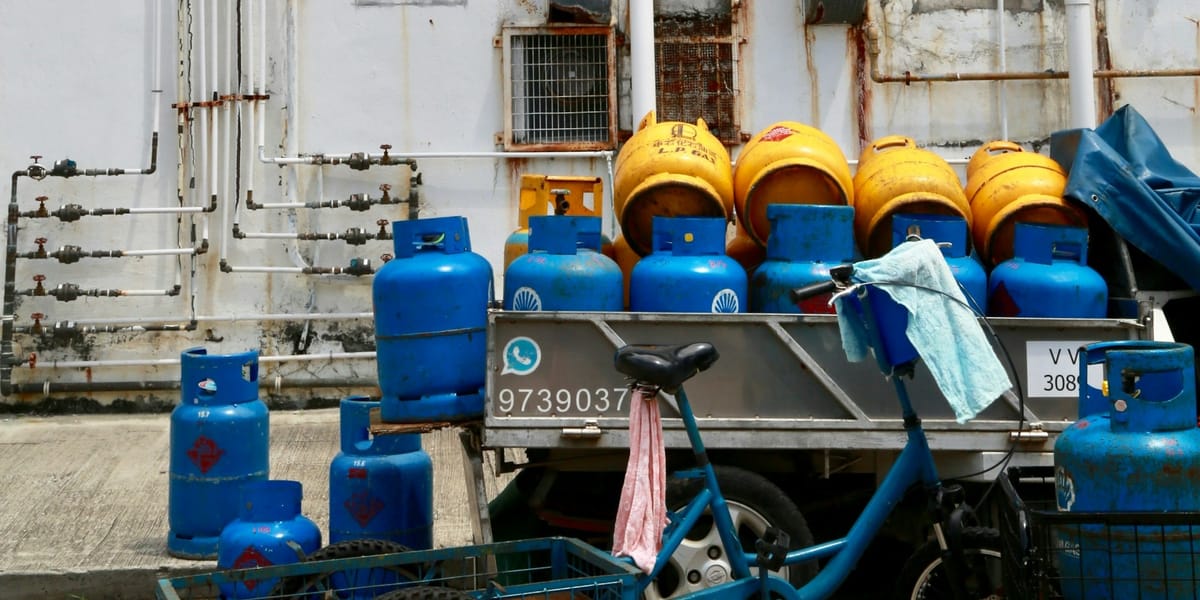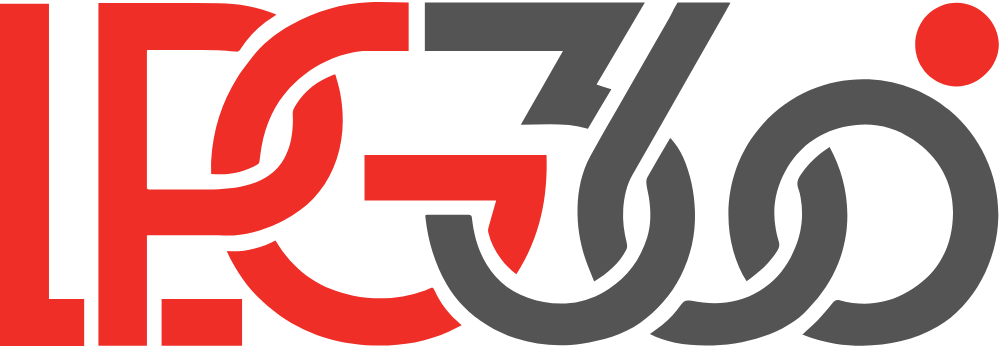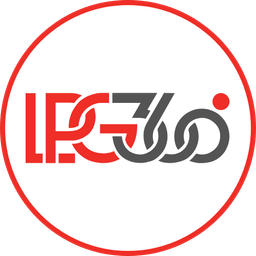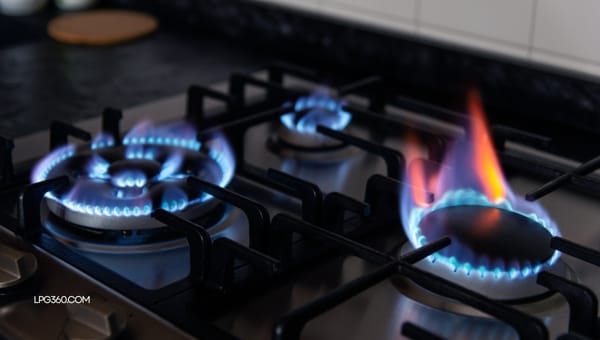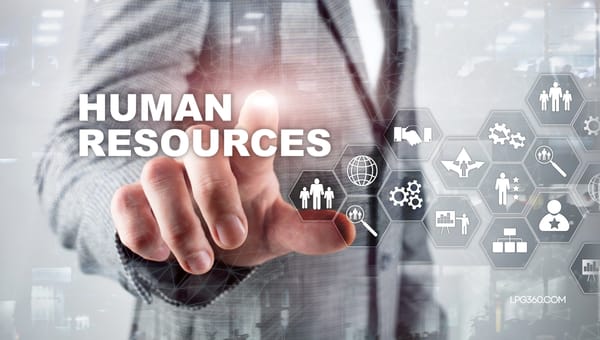LPG Market Trends: Growth, Challenges, and Future Outlook
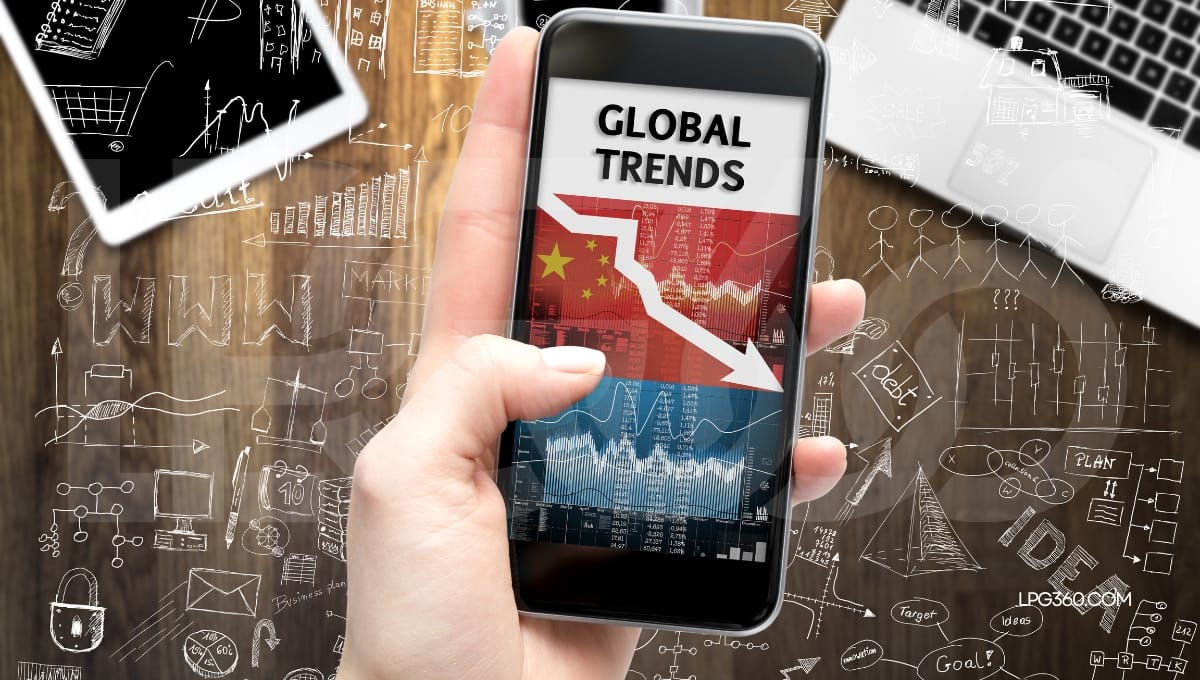
Liquefied Petroleum Gas (LPG) is a vital energy source used in households, industries, and transportation worldwide. As global energy demands shift towards cleaner and more efficient fuels, LPG continues to play a key role due to its versatility, affordability, and lower emissions compared to coal and diesel. The LPG market has experienced significant growth, especially in developing economies, where governments promote it as an alternative to traditional biomass. However, challenges such as price fluctuations, supply chain disruptions, and the need for greener alternatives continue to shape the industry.
This blog explores key market trends, challenges, and future innovations driving the LPG sector.
1. Growing Demand and Market Expansion
The LPG market is expanding due to:
✅ Urbanization and Rising Household Consumption – Increased use of LPG for cooking and heating in emerging economies.
✅ Government Policies and Subsidies – Many governments provide subsidized LPG cylinders to promote cleaner energy usage.
✅ Industrial Applications – LPG is widely used in manufacturing, agriculture, and power generation, driving demand in various sectors.
2. Price Volatility and Supply Chain Challenges
LPG prices are directly linked to crude oil and natural gas markets, making them vulnerable to global economic shifts and geopolitical tensions. Supply chain challenges such as port delays, high transportation costs, and infrastructure limitations can also impact availability in certain regions.
3. The Rise of Renewable LPG (LPG) and Bio-LPG
With increasing focus on sustainability and carbon reduction, the LPG industry is investing in renewable LPG (rLPG) and bio-LPG produced from organic waste and biomass. These cleaner alternatives are expected to reduce dependency on fossil fuels while maintaining the benefits of conventional LPG.
4. Technological Advancements in LPG Distribution
Innovation is driving efficiency in LPG distribution:
✅ Smart LPG Cylinders – IoT-enabled monitoring systems allow real-time tracking and automatic refilling alerts.
✅ Blockchain in Supply Chains – Improves transparency and security in LPG distribution.
✅ Automated Refilling Stations – Expanding access and reducing dependency on manual refills.
5. Growth of LPG in Transportation
LPG-powered vehicles (Autogas) are gaining traction as a cost-effective and cleaner alternative to petrol and diesel. Many governments are incentivizing Autogas adoption in public and private transport fleets to reduce urban air pollution.
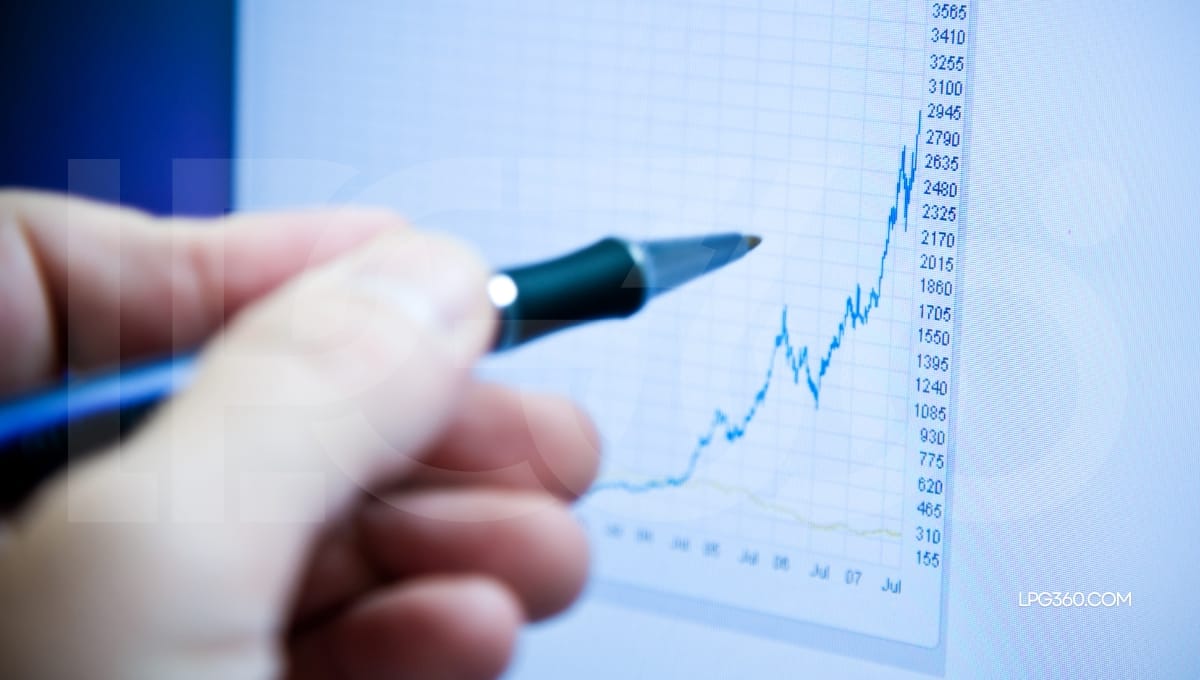
Conclusion
The LPG market is evolving with rising demand, technological advancements, and the push for sustainability. While challenges such as price volatility and supply chain issues persist, investments in renewable LPG, smart technologies, and cleaner transportation solutions will shape its future. As global energy transitions continue, LPG remains a crucial component in achieving cleaner, more efficient energy solutions.
#LPG #LPG360 #LPGMarketTrends #LPGDemand #LPGGrowth #GlobalEnergyMarket #LPGIndustry #CleanEnergy #GreenFuel #EcoFriendlyFuel #SustainableEnergy #FutureOfEnergy #LPGRevolution #EnergyForAll #SmartEnergy #LPGInnovation #LPGBusiness #FuelingTheFuture #CarbonNeutral #CleanCookingFuel #LPGSolutions #EnergyEfficiency #IndustrialLPG #UrbanEnergy #LPGSupply #LPGPriceTrends #RenewableFuture #SustainableDevelopment #AffordableEnergy #SmartCooking #LPGForIndustries #LowEmissionFuel
